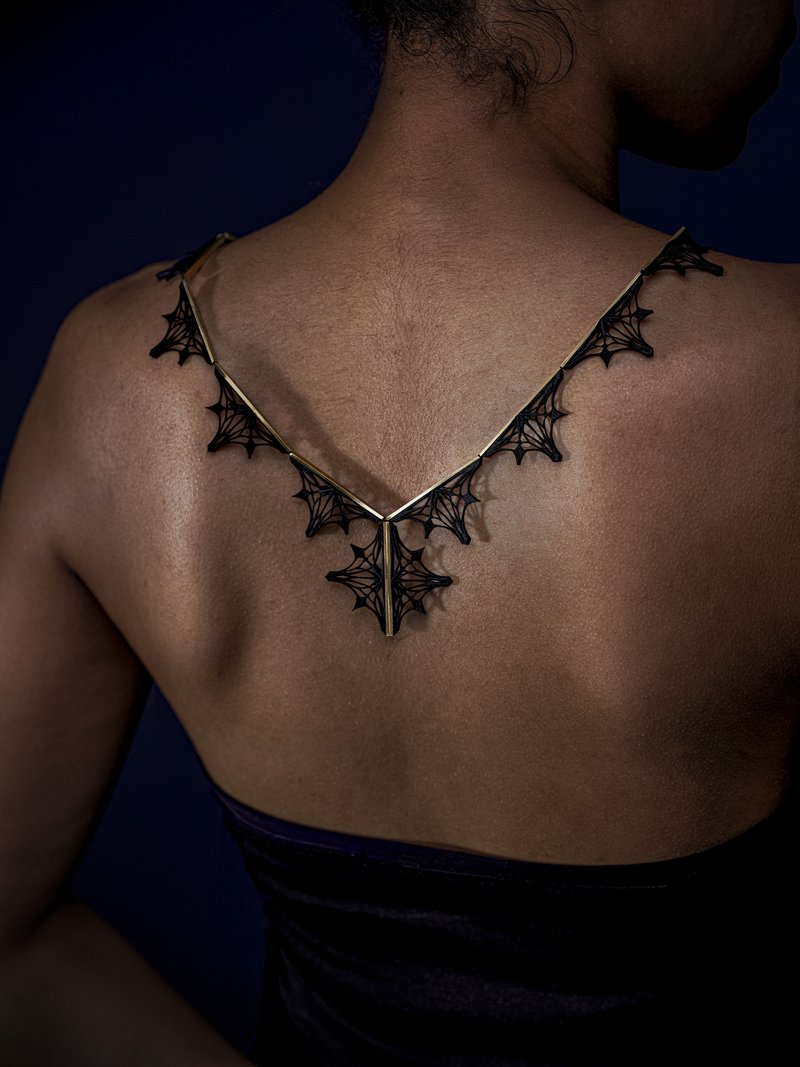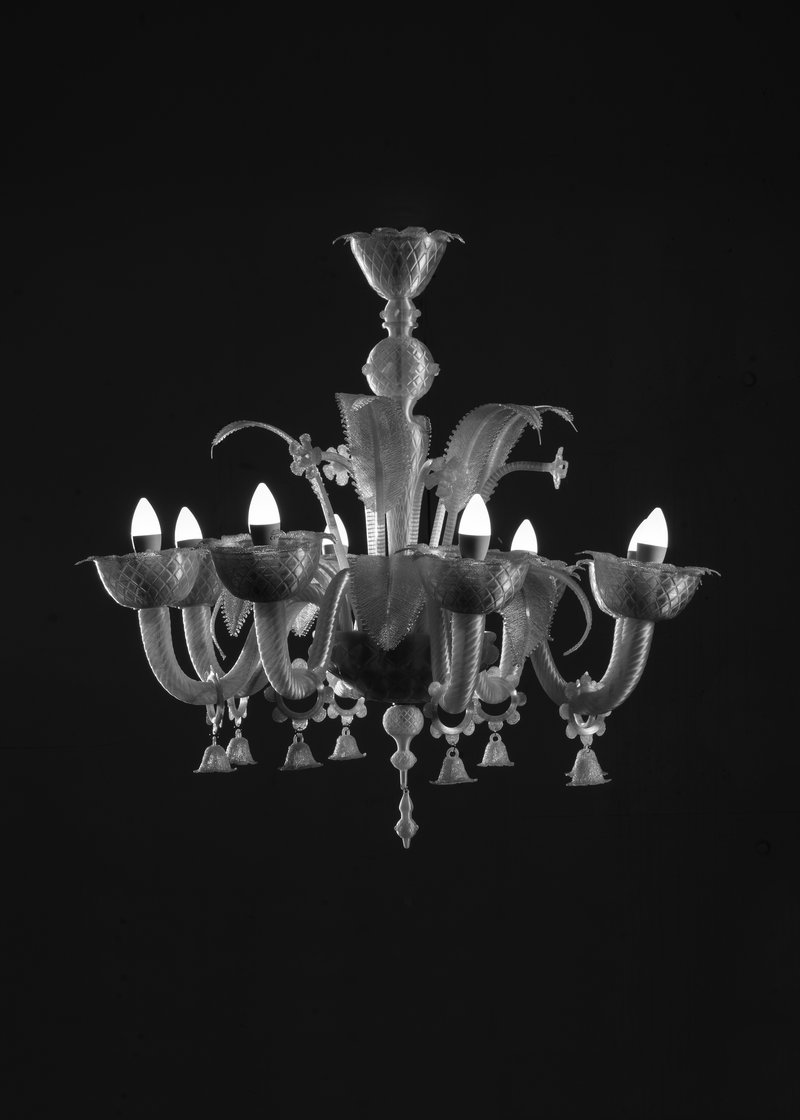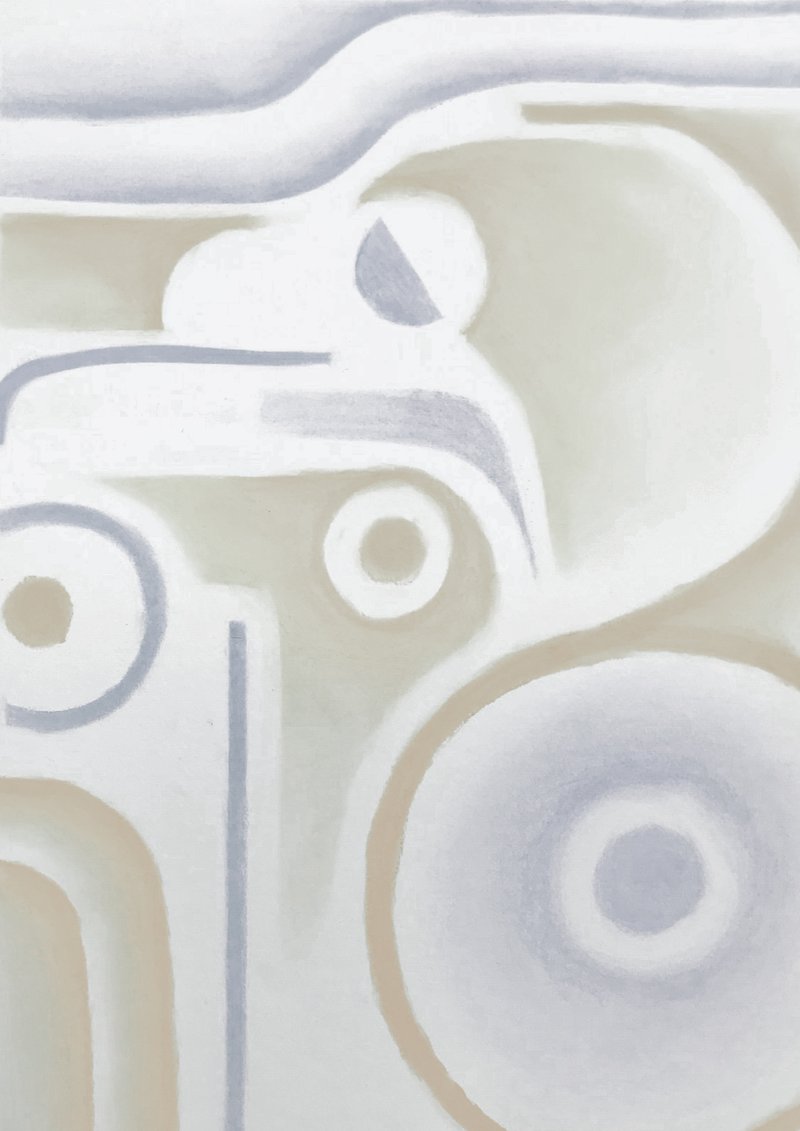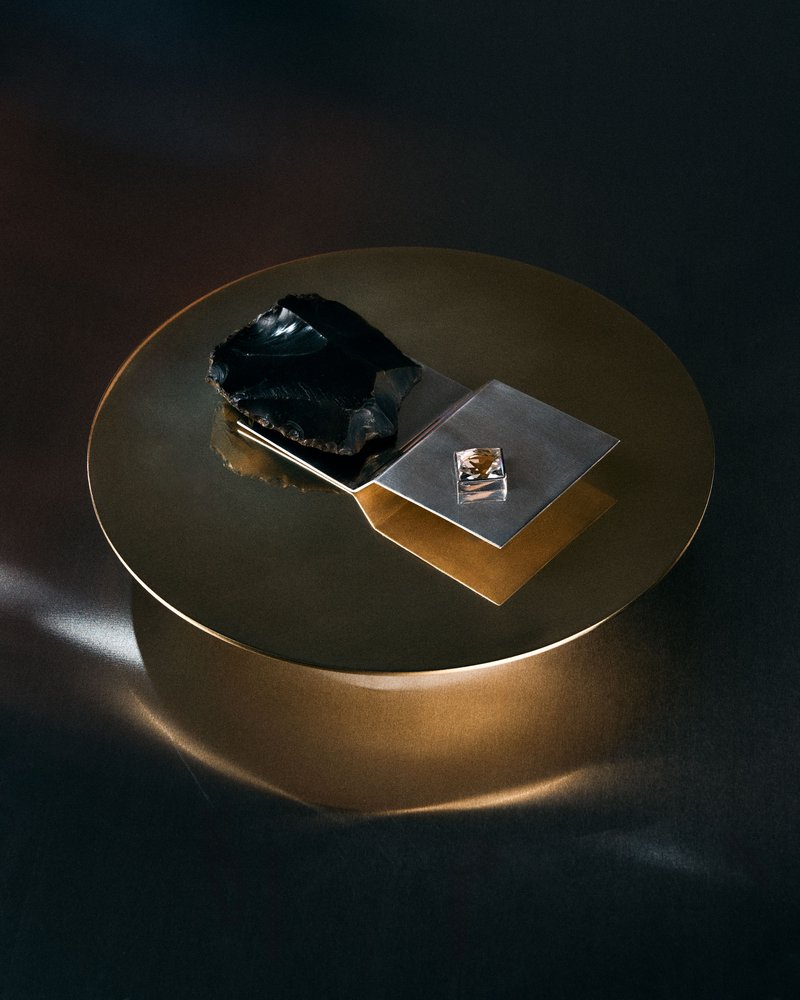L’illusioniste
Sarah Rémy
L’illusioniste is a game of lines. A full mirror in the front, it reveals itself by changing ones perspective. From the side, one can discover coloured lines reminiscent of jumping bars, helmets and blankets, the lines of the roofs of Paris, the lines of Hermès. Its reflections make L’illusioniste a simple object at first glance and yet surprising.
Miroir Ailé
Ricardo Beira
This object is strongly inspired by equestrian products, which are the basis of Hermès' history. The symbiotic interaction between rigid and flexible elements, creates an integrated whole that functions like biological systems, where one element reinforces the other, allowing both stability and movement. This spatial organisation forms a continuous field of tensions and compressions in constant balance, in a play of forces that defies gravity.
As a result, the mirror appears to be lighter and levitates above the base, yet can be manipulated freely.
Miroir à Courroie
Maxime Zenderoudi
Suspended lightly, this object intrigues with its large oblique loop, yet reveals a reflection that is perfectly true to life. The leather strap has a function that dictates its course. It envelops the mirror in a continuous movement, sometimes supporting, sometimes balancing and sometimes protecting it. The mirrored glass plays with appearances by borrowing its finishes from leather craftsmanship, with perforations and hand finished edges in a contrasting colour.
Made integral by means of two straps, the elegant fluidity of the whole echoes the House's emblematic double-turn bracelets.
Phi[Φ]
Yosuke Shimano
Mirrors reflect the world with light as it is. They look like they have everything, but they can also be seen as empty objects with no will. This is why I have called this mirror Phi[Φ] (group of emptiness). Phi[Φ] completes the loop handle through its reflection with playful, as if hanging in space, reconnecting you with your reflection.
Both sides of the mirror are identical. This gives an ele- ment of playfulness inviting you to interact with it.
Style H
Chen-Ta Hsieh
Inspired by the works of the De Stijl art movement, this piece attempts to introduce contemporary art into our daily lives in the form of a mirror. In line with the idea of a segmented geometric composition, functional sculpture and simplicity, I try to bring a new interpretation to Hermès while remaining in line with the visual and material direction of the brand. The extension of the marquetry language at the back creates the frame of the mirror. Part of the marquetry on the back can be detached to become a support for the mirror. The chamfer of the support gives the mirror a perfect angle for reflection.
Aether
Salman Rouhani
This object gives the user a new perspective on their environment and allows them to play with perception. This wall mirror allows the user to see their whole body without the need for a large standing mirror.





![Phi[Φ] ECAL/Yosuke Shimano HERMES_Mirrors_03.jpg](https://ecal-media.sos-ch-gva-2.exo.io/filer_public_thumbnails/filer_public/d7/d0/d7d09fdd-21df-444a-8bc1-979513255963/hermes_mirrors_03.jpg__1500.0x1999.0_q85_crop_subsampling-2_upscale.jpg)





